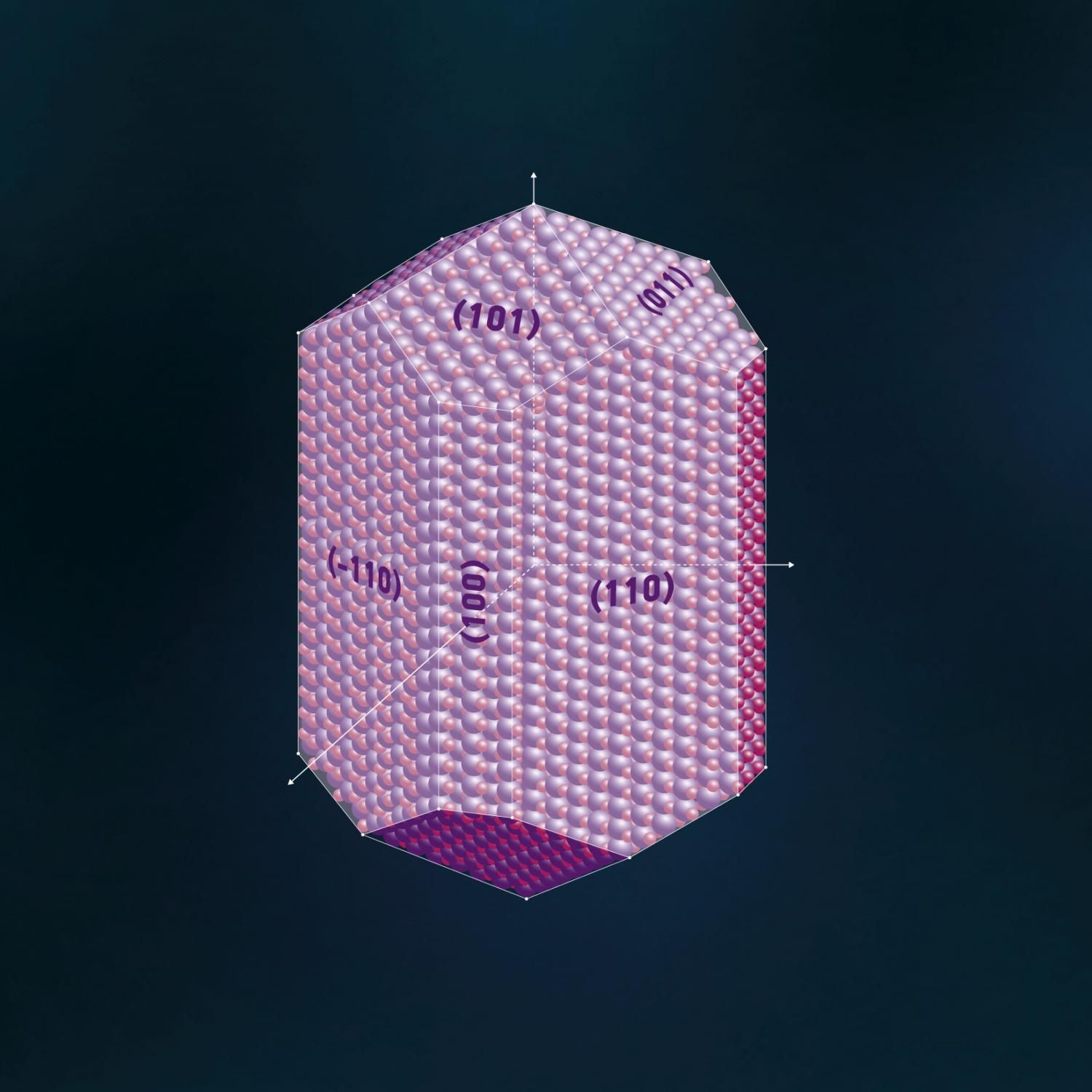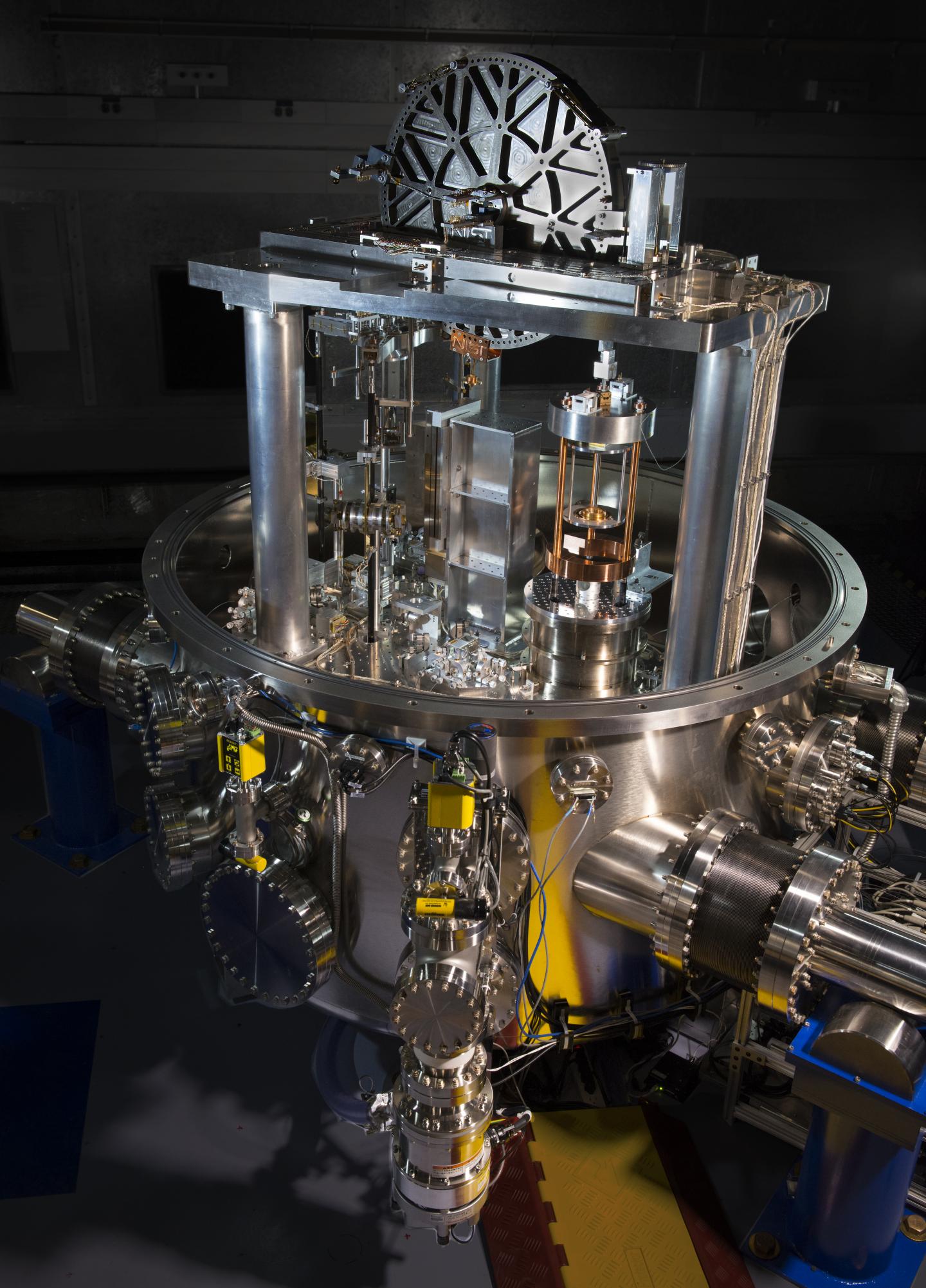Jun 21, 2016
Mechanisms that keep reality coherent
Posted by Karen Hurst in category: quantum physics
Quantum physics applies Hilbert spaces as the realm in which quantum physical research is done. However, the Hilbert spaces contain nothing that prevents universe from turning into complete chaos. Quantum physics requires extra mechanisms that ensure sufficient coherence.
Reality has built-in principles. If you understand these built-in principles, then these principles teach a lesson.
The foundation of reality already supports the built-in principles. A foundation must have a simple structure and that structure must be easily comprehensible. It must install restrictions such that extension of the foundation runs according predetermined lines that preserve sufficient coherence, such that the installed principles are keeping their validity. This makes the discovery of the foundation a complicated affair, because not every simple structure will provide these requirements. Still a sensible candidate for such foundation was discovered eighty years ago. It is a relational structure and it discovery was reported in 1936. The structure implements a law of reality. That law cannot be phrased in the form of a formula, because the relational structure only contains unnamed elements and it defines tolerated relations between these elements. Thus the relational structure does not contain numbers that could be used as variables in the formula.
















